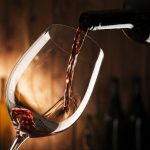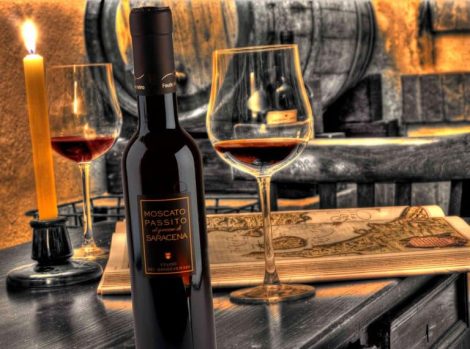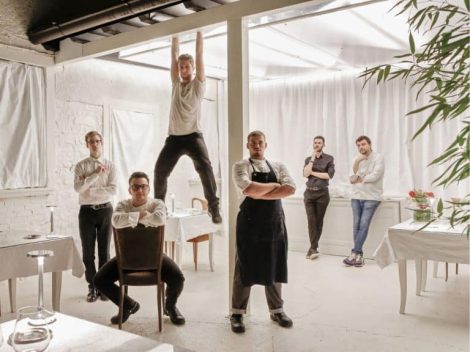When it comes to Tuscan wine, Sangiovese immediately comes to mind as the true ruler of the regional vineyard, giving life to some of the most prestigious designations in our country. Its origins, however, are uncertain: in its hypothetical identity card, under the "place of birth" section, we would find the Tuscan-Romagnolo Apennines written. From here, the grape would have "descended" on both sides of the hills to take possession of the Romagnolo and Tuscan vineyards, then spreading to the rest of central Italy. According to other scholars, the genetic roots of the grape should be sought in some connections with varieties from the South, in the vast genetic sea of Calabrian grapes.
Either way, Sangiovese has been clearly mentioned in Tuscany since 1590. Giovan Vettorio Soderini, in his treatise "Tuscan Cultivation of Vines and Some Trees," mentions "sangiocheto or sangioveto... a remarkable vine for its regular productivity." Currently, Sangiovese covers 38 thousand of the 60 thousand hectares of the entire regional vineyard. Moreover, it is the central grape of some of the most important designations in this region: Brunello di Montalcino, Chianti Classico, Chianti, Nobile di Montepulciano, Morellino di Scansano, and so on.
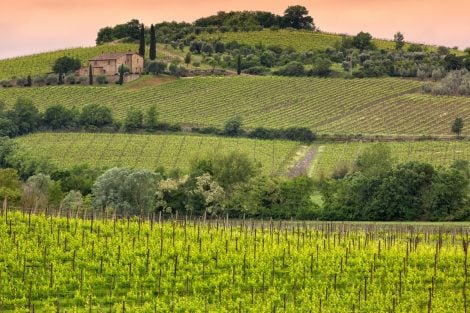
Morellino di Scansano, Rosso di Montalcino, and Rosso di Montepulciano with the best quality-price ratio
After the best quality-price Chianti Classico, we turn to other regional designations. Having raised the price range to 20 euros in the Gambero Rosso's Berebene 2024 guide, it allowed us to review some interesting Rosso di Montalcino; you will find them accompanied by some Rosso di Montepulciano and the quintessential Maremman Sangiovese, Morellino di Scansano.
The Morellino di Scansano 2022 from Col di Bacche is an absolutely enjoyable wine, but it's not the first time. The version from Alberto Carnasciali's winery, even in its "base" version, doesn't hesitate to express intriguing traits beyond its typological placement. The nose of the 2022 version is well-defined, playing on notes of ripe red fruit and spicy hints of black pepper. The palate has a compact structure, crisp fruit, and non-trivial balsamic characters in the finish.
The Morellino di Scansano A' Luciano 2022 is a well-focused wine, starting from its defined fruity and balsamic olfactory baggage. Its aromas are defined and tendentially fragrant, recalling red fruits and aromatic herbs. In the mouth, the sip is equally fine and fragrant, lively and drinkable. The Scotto family's winery produces well-executed wines with a Mediterranean style, always maintaining a good balance.
The Morellino Roggiano 2022 offers warm scents of marasca combined with sweet spices on the nose. In the mouth, it is full and savory, with pleasant tannins and a long cherry finish. Born in the 1970s as a response to the mining sector crisis, this social winery is now a reference point in the oenological Maremma and, especially in recent times, has embraced the path of quality, with consistently well-crafted wines.
A unique wine in its type, the Rosé Scuro 2022 from Val delle Corti appears, as its name suggests, with a dark cherry skin color. The aromas play between the juiciness of ripe red fruit and the crispness of pomegranate. In the mouth, the sip is juicy, full, and lively, capable of immediately calling for another. In the Gambero Rosso's Berebene 2024 guide, it received the award for the best quality-price ratio in Tuscany. Roberto Bianchi's wines truly represent Radda in the glass, and their goodness is now a consolidated fact.
The Rosso di Montalcino 2021 from Tenute Silvio Nardi is clear and fragrant on the nose with lush red fruit, Mediterranean scrub, wildflowers, and a slight wood spiciness to ennoble it. Delightful on the palate, fresh, appropriately tannic, and with a beautiful gustatory progression that enhances its pleasant drinkability. Founded in 1950 by Silvio Nardi and now led with determination and competence by his daughter Emilia, this beautiful, dynamic, and large company, among the most well-known in Montalcino, can count on a vast vineyard of 80 hectares divided into two different estates, Casale del Bosco on the west quadrant and Manachiara on the east. A composite mosaic of 36 plots with different soils, heights, and exposures, in turn scattered across eight different sub-zones, all vinified separately to highlight the differences between the various territories.
The Rosso di Montepulciano 2022 from Podere Le Bèrne is a pleasant wine from its scents that intersect floral notes, aromas of berries, and hints of cinnamon, along with balsamic nuances. In the mouth, the wine is lively, with an almost pressing sip, flavorful and juicy, and it also lacks additional momentum in the finish. Since 1995, Podere Le Bèrne has been led by Andrea Natalini, son of Giuliano, who planted the first vineyards in the 1960s, some of which are still in production. A small family winery, which has interpreted the Cervognano subzone very well, positioning itself, at least for three decades, among the best oenological realities of Montepulciano. The wines have a graceful and vertical stylistic imprint, which is well readable in the more regular years but also has the merit of "defending" the fruit from unexpected spikes in maturity in the warmer ones.
From one of the symbol companies of Nobile di Montepulciano, such as Boscarelli, one can expect wines of now consolidated quality. Still, the Rosso di Montepulciano Prugnolo 2022, not uncommonly, manages to surprise, offering itself in a decidedly intriguing version. Aromas of ripe small red fruits, undergrowth, and flint introduce an extremely flavorful and continuous sip, making the wine truly delightful and irresistible.

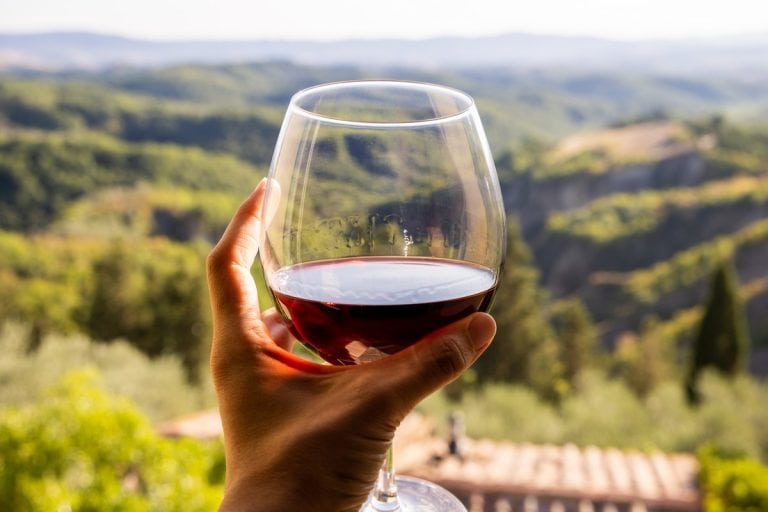
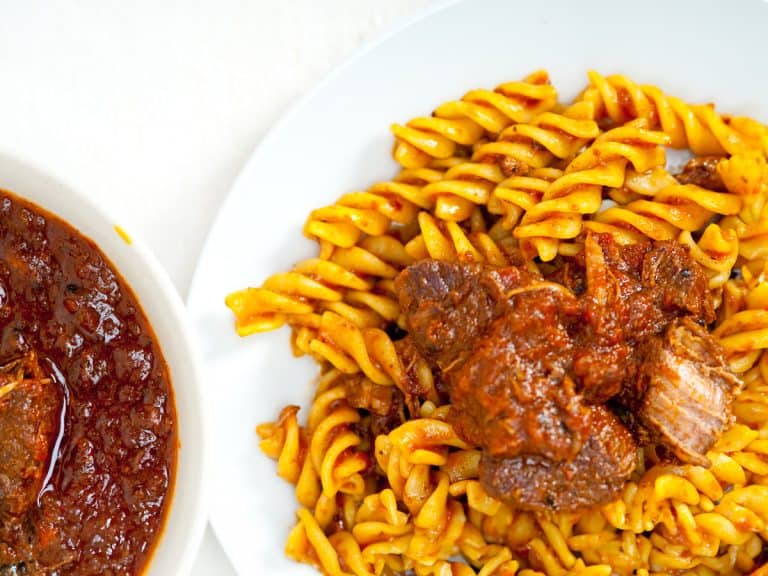 Neapolitan or Bolognese? The (tomato-free) history of the two ragùs that divide Italy
Neapolitan or Bolognese? The (tomato-free) history of the two ragùs that divide Italy Dom Perignon for dogs and sleepless rock stars: the bizarre requests to the world’s best hotel manager
Dom Perignon for dogs and sleepless rock stars: the bizarre requests to the world’s best hotel manager The oil always moves north, reaching England. How the map of olive trees is changing due to climate change
The oil always moves north, reaching England. How the map of olive trees is changing due to climate change The Nobel Sandwich we tried at CERN, just steps from antimatter
The Nobel Sandwich we tried at CERN, just steps from antimatter The two young talents from Gattinara revolutionising Italian cuisine
The two young talents from Gattinara revolutionising Italian cuisine